Top 10 Greatest Empires in History
British Empire
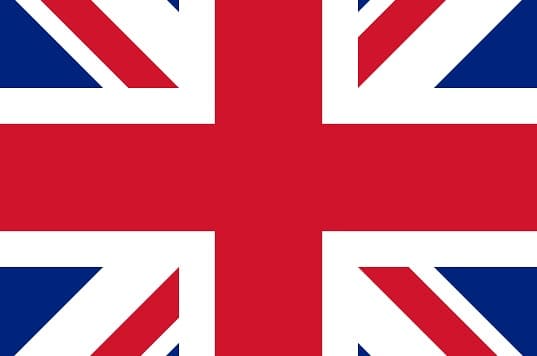
The British Empire was a collection of territories and colonies that were ruled or administered by the United Kingdom and its predecessor states. It was the largest empire in history and, at its peak, covered 24% of the Earth's total land area and held sway over 23% of the world's population. The empire was established through the overseas possessions and trading posts established by England between the late 16th and early 18th centuries. Over time, other European powers such as Spain and Portugal established large overseas empires, which inspired England, France, and the Netherlands to establish their own colonies and trade networks in the Americas and Asia. After a series of wars with France and the Netherlands, England became the dominant colonial power in North America and later in India. Although the empire achieved its largest territorial extent immediately after the First World War, Britain was no longer the world's preeminent industrial or military power. The Suez Crisis of 1956 confirmed Britain's decline as a global power, and the transfer of Hong Kong to China on 1 July 1997 marked the end of the British Empire.
Roman Empire
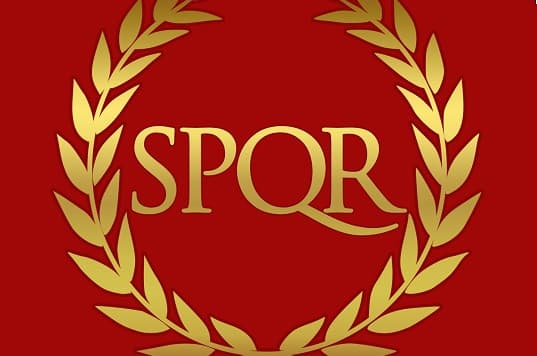
The Roman Empire was a vast and powerful state that emerged from the Roman Republic in the 1st century BC and existed until the 5th century AD. The Roman Empire was characterized by its well-organized government, military might, and sophisticated infrastructure. Impressive Roman engineering achievements were a defining characteristic of the Roman Empire, contributing significantly to its prosperity and influence. The Romans were able to build impressive structures, such as aqueducts, bridges, and roads, which were essential for the efficient functioning of the empire. The empire expanded its territory by conquering other lands, at its height, the Roman Empire controlled much of Europe, North Africa, and Western Asia, with its influence extending far beyond its borders. The fall of the Roman Empire had a profound impact on the course of history. It marked the end of a long period of stability and prosperity in the Mediterranean world and led to the fragmentation of Europe. The collapse of the empire also paved the way for the rise of new powers and civilizations, such as the Byzantine Empire, the Islamic Caliphate, and the emerging European kingdoms. The fall of the Roman Empire was a turning point in Western history, and its legacy continues to influence the world today.
Achaemenid Empire

The Achaemenid Empire, founded by Cyrus the Great in 550 BC, was a powerful ancient Iranian empire that spanned a vast area from the Balkans and Egypt to Central Asia and the Indus Valley. Its successful model of centralized administration, multicultural policy, infrastructure building, official languages, and large professional army left a lasting impact on world history. The empire's efficient and effective governance and concept of religious tolerance influenced subsequent empires, while its legacy of cultural diversity and tolerance is evident in modern-day Iran. The Achaemenid Empire's monumental buildings, such as the Persepolis complex, continue to inspire architects and designers today, and its establishment of important trade routes and promotion of cultural exchange played a key role in shaping the ancient world. The empire was conquered by Alexander the Great in 330 BC, and most of its territory came under Hellenistic rule before the Iranian elites regained power under the Parthian Empire.
Mongol Empire
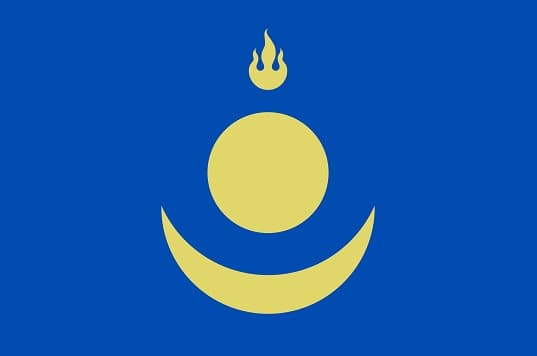
The Mongol Empire was one of the largest and most powerful empires in history, stretching from China to Eastern Europe. Under the leadership of Genghis Khan, the Mongols conquered vast territories and created an efficient and highly organized administration. They also developed a strong military force that allowed them to successfully conquer and rule over diverse populations. The Mongols' achievements include the establishment of a vast network of trade routes known as the Silk Road, which facilitated cultural and economic exchange between the East and the West. They also promoted religious tolerance, allowing freedom of worship for all religions under their rule. The Mongol legacy and lasting influence can be seen in many areas, including language, art, and military strategy. The Mongols' use of horses in warfare revolutionized military tactics and influenced the development of cavalry forces in many subsequent empires. They also contributed to the spread of paper currency and the use of gunpowder in warfare.
Ottoman Empire
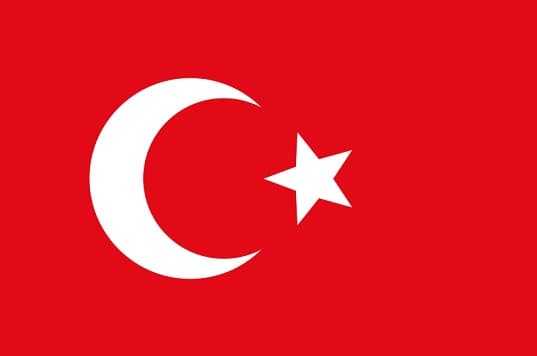
The Ottoman Empire was a major world power for centuries, and its influence was felt across many areas. One of its most significant impacts was in the field of architecture, with the empire's distinct Ottoman style still visible in structures across the Middle East, the Balkans, and parts of Europe. The empire also had a significant influence on the Islamic world, with its Caliphate playing a crucial role in shaping the political and religious landscape of the region. Additionally, the Ottoman Empire's strategic location at the crossroads of Europe and Asia made it an important center for trade and commerce, with its capital of Constantinople serving as a key hub for the exchange of goods, ideas, and cultures between East and West. The empire's military might also had a profound impact on world events, particularly in Europe, where Ottoman armies frequently clashed with those of other major powers. Overall, the Ottoman Empire was a major player on the world stage for centuries, and its legacy can still be felt in numerous ways today.
French Empire

The French colonial empire was a large network of overseas territories, protectorates, and mandates that were ruled by France from the 16th century onward. It was split into two distinct periods, the "First French Colonial Empire" and the "Second French Colonial Empire," with the latter being the more significant one. The French colonized various regions for different reasons, including trade, the spread of French culture and Catholicism, and the civilizing mission. However, the French sent only a small number of settlers to most of its colonies, except for Algeria. After World War II, anti-colonial movements arose, and costly revolts in Indochina and Algeria led to the end of the French colonial empire. Today, the remnants of the empire are integrated into France as overseas departments and territories. Nevertheless, the effects of French colonization on its former colonies have been significant, particularly in terms of their economy, society, and culture.
Spanish Empire

The Spanish Empire was a vast colonial empire that spanned the globe, with territories and colonies in the Americas, Asia, Africa, and Europe. It was one of the most powerful empires in history, with a significant influence on the development of world politics, culture, and trade. The empire was formed in the late 15th and early 16th centuries, during the so-called Age of Discovery, when Spanish explorers and conquistadors established colonies in the New World and began to exploit the resources and wealth of the Americas. The empire reached its height in the 16th and 17th centuries, but began to decline in the 18th century as other European powers, such as France and Great Britain, began to assert themselves. The empire officially came to an end in the 19th century, following a series of wars and conflicts that weakened Spain's power and influence on the world stage.
Russian Empire

The Russian Empire was a massive state that spanned Eastern Europe and Asia from the late 17th century until its collapse in 1917. It was ruled by a series of monarchs from the Romanov family, and grew to become one of the world's largest and most powerful empires. The empire's expansion was fueled by a combination of military conquest, colonization, and economic growth, and it encompassed a vast array of ethnic and linguistic groups. However, the empire was also marked by social and political unrest, as well as a growing gap between the ruling elite and the peasantry. These tensions came to a head in 1917, when a series of revolutions and uprisings toppled the Romanov dynasty and led to the establishment of the Soviet Union. The fall of the Russian Empire was a complex and multifaceted event, influenced by factors ranging from World War I to economic hardship to ideological conflict. Ultimately, it represented a dramatic shift in the political and social landscape of Europe and the world.
Portuguese Empire
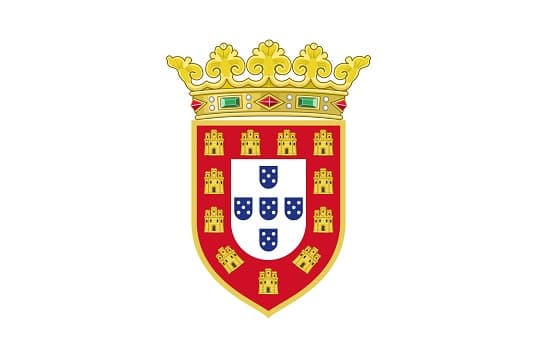
The Portuguese Empire was a large and long-lasting colonial empire that existed from the 15th century until the late 20th century. It was established during the Age of Discovery, when Portuguese sailors began exploring and colonizing parts of Africa, Asia, and the Americas. The empire grew to include many overseas territories, factories, and colonies, and at its peak, it had a significant impact on Portuguese economic growth. However, the empire began to decline in the 17th and 18th centuries due to attacks from rival European powers and overstretched resources. Brazil became the most valuable colony during the second era of the empire, but it eventually broke away in the 19th century. The third era of the empire was marked by Portugal's attempts to retain its remaining colonies, but the empire was ultimately dismantled in the mid-20th century due to decolonization movements and political upheavals.
Byzantine Empire
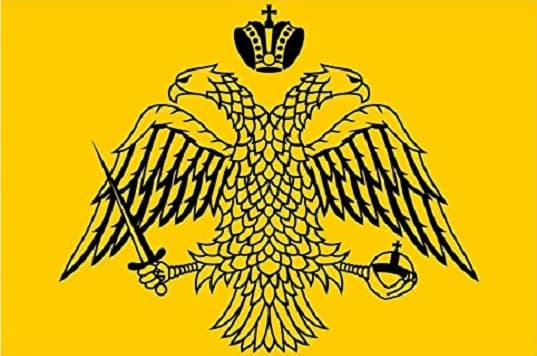
The Byzantine Empire was a powerful empire that lasted for over a thousand years, with its capital at Constantinople. It was the continuation of the Roman Empire in the eastern provinces during Late Antiquity and the Middle Ages, and was known for its Greek culture, Eastern Orthodox Christianity, and military, economic, and cultural dominance. Although it faced challenges such as the loss of key provinces and the Fourth Crusade, it was able to recover and expand under the Komnenian restoration. Its eventual fall to the Ottomans marked the end of the Middle Ages and the start of the early modern period, and had a significant impact on the development of Europe. Throughout its long history, the Byzantine Empire made significant contributions to the arts, literature, and philosophy. Byzantine architecture was characterized by impressive achievements, such as the construction of the Hagia Sophia, which held the title of the world's largest cathedral for almost a millennium. Byzantine art, characterized by its intricate mosaics and vibrant colors, had a lasting influence on the development of art in Europe and the Mediterranean. Additionally, the empire played a crucial role in the spread of Eastern Orthodox Christianity, which remains a major religion in many parts of the world today.

10 of the Worlds Oldest Known Civilizations
Explore the roots of human civilization: discover the 10 oldest known civilizations in the world.
Explore Now